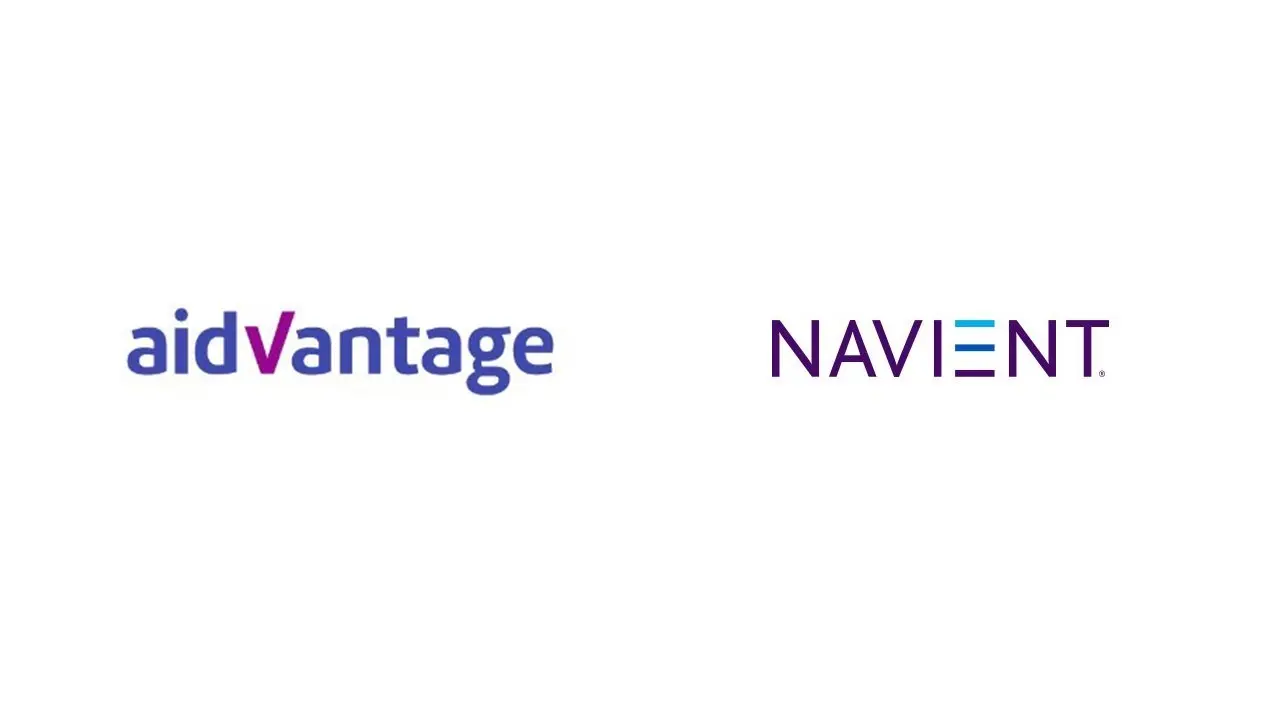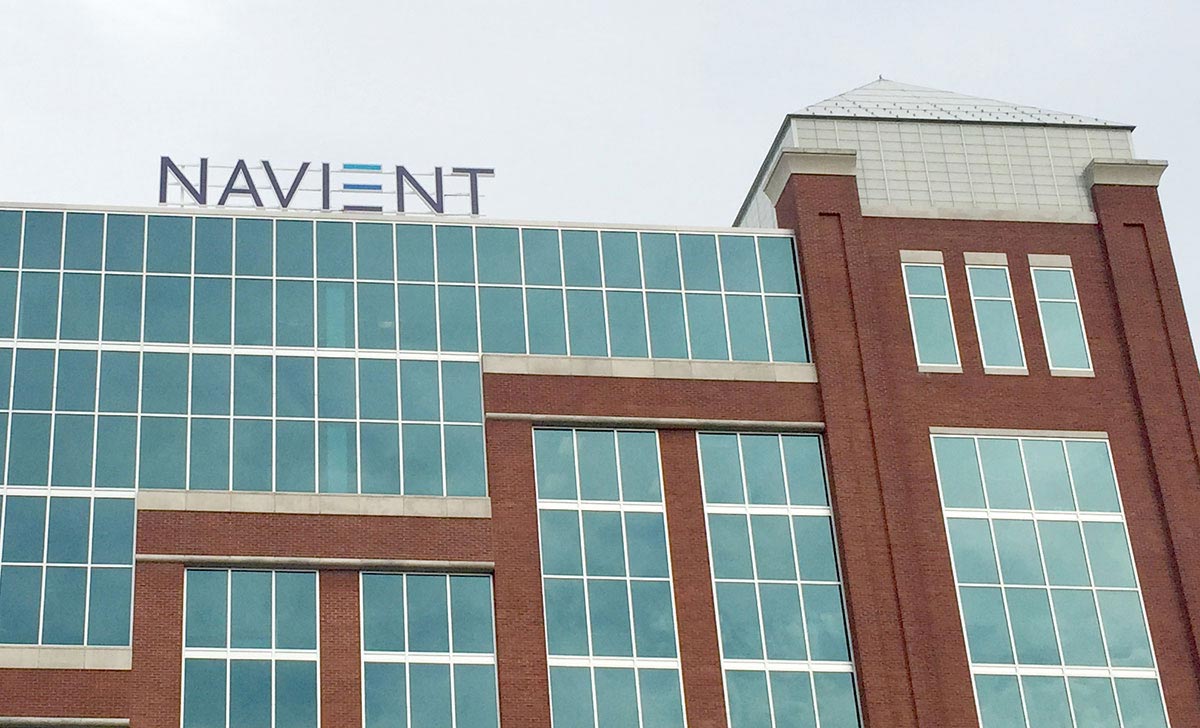Imagine you borrowed money to go to school, and now it’s time to pay it back. But what if someone told you that you might not have to pay all of it? That’s what student loan forgiveness is all about. The government has been working on ways to help people with their student loans. Let’s explore what’s happening and how it might help you!
The Biden-Harris Administration’s Debt Relief Plan
What is the Debt Relief Plan?
The government leaders, President Biden and Vice President Harris have come up with a plan to help people who owe money on their student loans. This plan is like a big eraser that might wipe away some of what you owe.
How Can I Learn More?
To find out if this plan can help you, visit StudentAid.gov. This website has all the latest information about:
- Who can get help with their loans
- How much help they might get
- What you need to do to apply for help
Remember: It’s important to check this website often because the information can change!
Income-Driven Repayment (IDR) Account Adjustment
What is IDR?
Income-Driven Repayment (IDR) is a way to pay back your loans based on how much money you make. It’s like if your piggy bank only asked for coins based on how full it was.
What’s Changing with IDR?
The Department of Education (think of them as the big school for all schools) is making some changes:
- They’re going to look at how long you’ve been paying your loans.
- They might count some payments you made in the past that didn’t count before.
- This could help you get closer to having your loans forgiven faster!
How Does This Connect to Public Service Loan Forgiveness (PSLF)?
If you work for the government or a nonprofit (places that help people without trying to make money), these changes might help you too. The payments that now count for IDR might also count for something called Public Service Loan Forgiveness.
Important Dates to Remember
If you have a special kind of loan called an FFELP loan, you need to do something called “consolidation” by June 30, 2024. This is like putting all your loans into one big loan. If you don’t do this, you might miss out on these helpful changes.
The SAVE Plan: A New Way to Repay Your Loans
What is the SAVE Plan?
SAVE stands for Saving on a Valuable Education. It’s a new plan to help you pay back your loans in a way that’s easier for you.

When Does the SAVE Plan Start?
- Some parts of the SAVE Plan started in the Summer of 2023.
- More helpful parts will start in July 2024.
How Can I Use the SAVE Plan?
If you have FFELP loans, you need to do that “consolidation” thing we talked about earlier to use the SAVE Plan. Remember, consolidation is like putting all your loans into one big loan.
Where Can I Learn More About SAVE?
For more information about the SAVE Plan, visit StudentAid.gov. This website will tell you:
- How the SAVE Plan works
- How it might help you pay less each month
- What you need to do to sign up
Public Service Loan Forgiveness (PSLF)
What is PSLF?
If you work for the government or a nonprofit, you might be able to get your loans forgiven through the Public Service Loan Forgiveness program. This means after you make payments for a certain number of years, the rest of what you owe might be erased!
How Can I Learn About PSLF?
There are two main ways to get information about PSLF:
- Contact public service specialists who know all about this program.
- Visit StudentAid.gov for detailed information.
What’s Special About PSLF Right Now?
There’s a limited-time opportunity called Temporary Expanded Public Service Loan Forgiveness (TEPSLF). This might count some of your past payments that didn’t count before, getting you closer to having your loans forgiven.
Frequently Asked Questions About Student Loan Changes

1. How Do I Know if I Qualify for Loan Forgiveness?
The best way to find out is to:
- Visit StudentAid.gov
- Look for the section about the Biden-Harris Debt Relief Plan
- Answer the questions they ask about your loans and situation
2. What If I’m Not Sure What Kind of Loans I Have?
If you’re not sure what kind of loans you have:
- Log in to your StudentAid.gov account
- Look for your loan details
- If you’re still unsure, call your loan servicer (the company that sends you bills)
3. What’s the Difference Between IDR and the SAVE Plan?
- IDR is a group of plans that have been around for a while
- The SAVE Plan is a new, improved version of IDR
- SAVE might offer lower payments and more benefits for some people
4. Do I Need to Do Anything Right Now?
It depends on your situation:
- If you have FFELP loans and want to benefit from the new changes, you should consolidate by June 30, 2024
- If you work in public service, you might want to look into PSLF right away
- For everyone else, stay informed by checking StudentAid.gov regularly
5. What If I Can’t Afford My Payments Right Now?
If you’re struggling with payments:
- Look into the SAVE Plan, which might lower your payments
- Contact your loan servicer to discuss your options
- Consider applying for an income-driven repayment plan
Tips for Managing Your Student Loans
- Stay Informed: Check StudentAid.gov regularly for updates
- Keep Good Records: Save all documents related to your loans
- Update Your Contact Info: Make sure your loan servicer can reach you
- Explore All Options: Look into different repayment plans and forgiveness programs
- Ask Questions: Don’t be afraid to contact your loan servicer or the Department of Education if you’re unsure about something
Understanding Loan Consolidation
What is Loan Consolidation?
Loan consolidation is like putting all your piggy banks into one big piggy bank. It can make things simpler because:
- You only have one loan to keep track of
- You might be able to use new repayment plans
- It could help you qualify for loan forgiveness programs
Should I Consolidate My Loans?
Consolidation can be helpful, but it’s not right for everyone. Here’s what to consider:
- It might make you eligible for new benefits
- It could change some terms of your loans
- For FFELP loan holders, it’s necessary to access some new programs
Always research and maybe talk to a financial advisor before consolidating.
The Future of Student Loans
What Changes Might Happen in the Future?
The world of student loans is always changing. Here are some things to watch for:
- New repayment plans might be created
- Loan forgiveness programs might be expanded
- There could be changes to interest rates or how loans are given out
How Can I Stay Up to Date?
To keep up with changes:
- Check StudentAid.gov regularly
- Follow the Department of Education on social media
- Pay attention to news about student loans
- Stay in touch with your loan servicer
Conclusion: Taking Control of Your Student Loans
Understanding your student loans can feel like a big job, but remember:
- There are many programs to help you
- It’s okay to ask questions
- Staying informed is the best way to make good choices
By using the resources available, like StudentAid.gov and your loan servicer, you can make a plan that works for you. Remember, the goal is to make your education valuable without the loans being a big burden.
Whether you’re looking into forgiveness programs, considering consolidation, or exploring new repayment plans like SAVE, there are options to help make your student loan journey easier. Keep learning, stay on top of changes, and don’t be afraid to seek help when you need it. Your future self will thank you for taking the time to understand and manage your student loans wisely!
